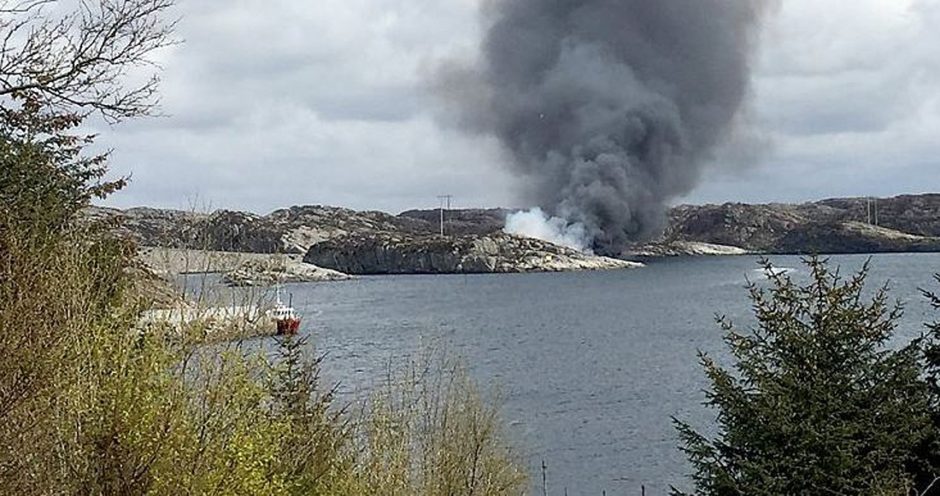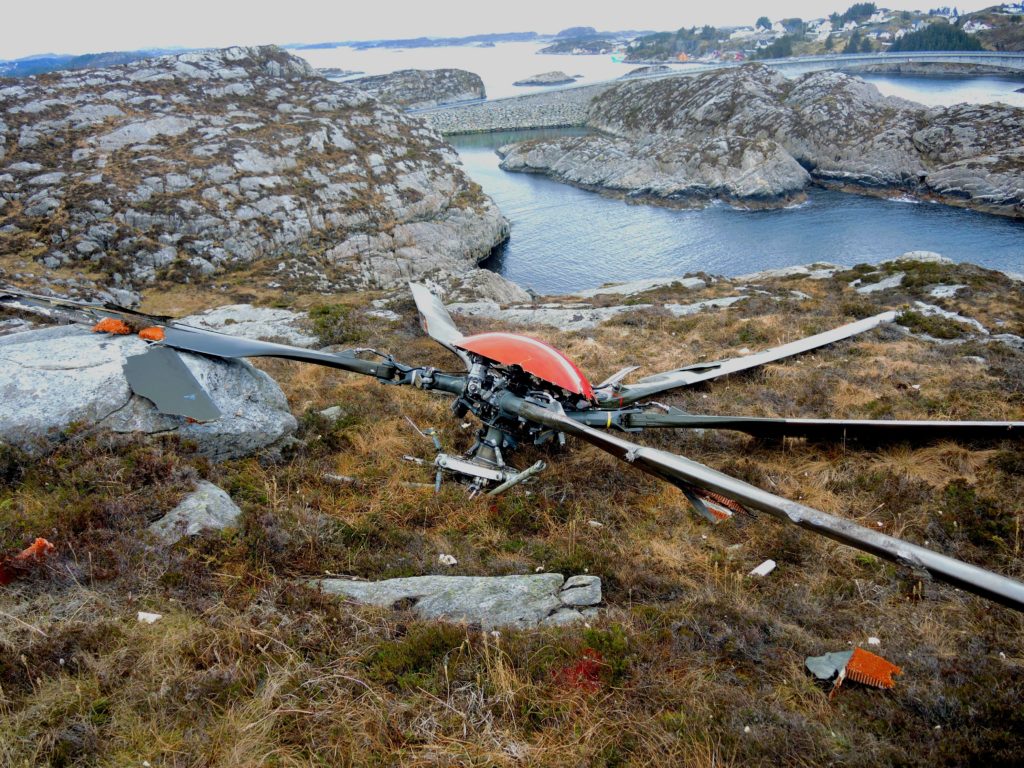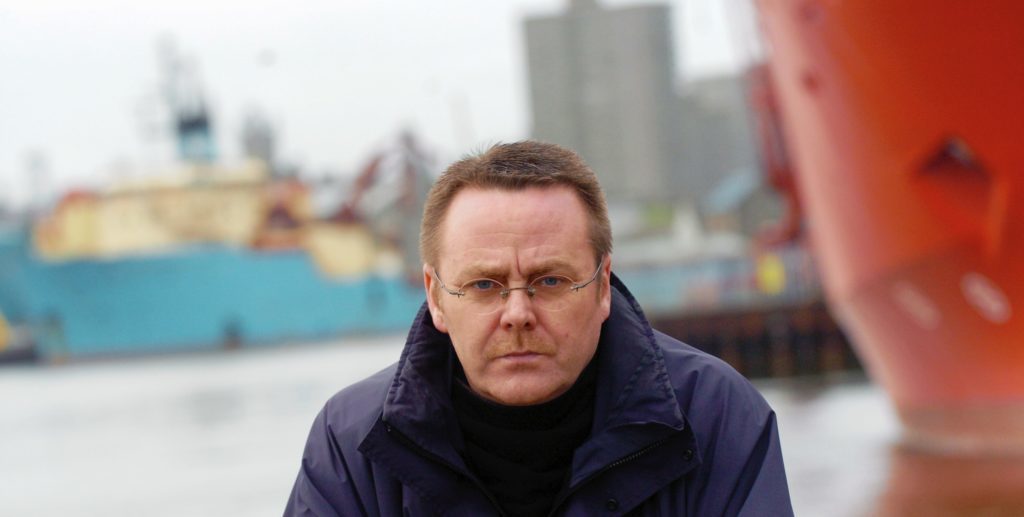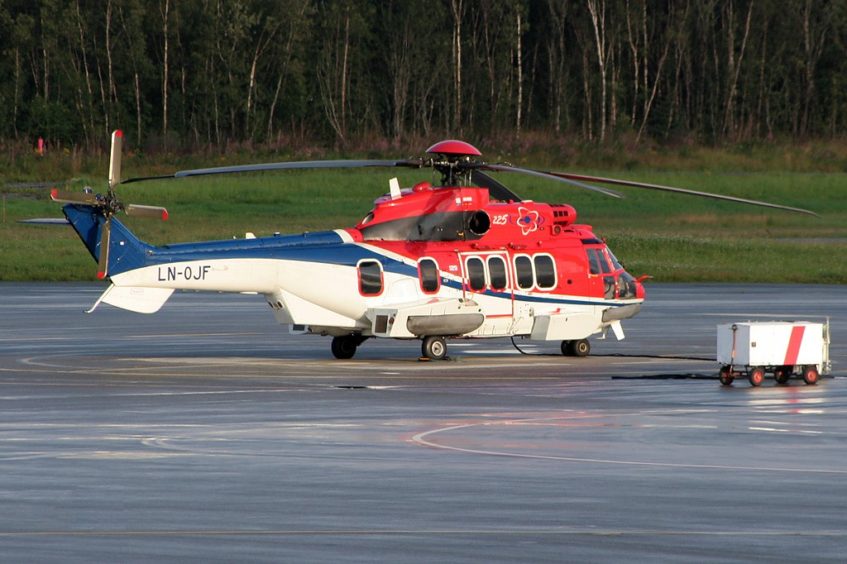
The North Sea today marks five years since a tragic crash in Norway killed 13 people and changed the future of offshore helicopter transportation.
Workers dubbed the Super Puma helicopter model, once dominant in the sector, the “flying coffin” after the crash off the island of Turoy in 2016.
It was the last straw for the sector, which had endured a spate of crashes since 2009, claiming 33 lives, with the Super Puma, which has not been in service in the North Sea for the last five years.
Jake Molloy, regional organiser of the RMT union, said: “For a lot of the guys it would instil terror to get into that particular model of aircraft and I think a lot of guys breathe easy at the thought that we’re not using them.
“I recall it, like I’ve recalled so many down the years, with deep despair that life can so tragically be lost. It really is an event that I wouldn’t want anyone to experience. I’ve lost good friends and colleagues through the years in events like this.
“It sits in the forefront of your mind all the time. Even sitting in the garden, as I am now, seeing them flying overhead, those thoughts come back to you. They never go away.”
On April 29, 2016, a CHC-operated Super Puma went down while carrying oil workers from the Gullfaks B platform to Bergen Airport.
Iain Stuart, 41, from Laurencekirk, was among those killed in the crash off Turoy in Norway, taking place after the main rotor detached from the helicopter.
In the last seconds of its journey the chopper fell 2,000 feet, with witnesses describing an “explosion in the sky”.
The rotor broke off due to a “fatigue fracture” in a “second stage planet gear” in the main rotor gearbox.
Investigators later said it was probable that the failure was caused by tiny pieces of debris wearing away at the component. The system installed for detecting the particles was “inadequate”, they added.
Airbus
Manufacturer Airbus said it has always expressed “deep regret for the accident off Turoy” and in recent times has reached settlements with families of the victims, “while fully appreciating that such arrangements cannot possibly atone for the loss of their loved ones”.
A spokesman said: “All of us were shocked and saddened by this event and we continue to extend our sincere and profound sympathies to the families of the bereaved.”
Despite the Super Puma crashes, though, many pilots still back the aircraft, which Airbus continues to sell widely in industries such as law enforcement and search and rescue.
Mr Molloy, of RMT, said, for whatever reason, the North Sea appears to have been its “Achilles heel”.
Along with Norwegian colleagues, trade unions in the UK plan to maintain a position that the Super Puma cannot fly again in the industry.
“I think you’d find a considerable pushback from the offshore workforce for that ever to be suggested in any case,” he said.
“Certainly this generation won’t be climbing into a Super Puma anytime soon.”
The victims were Iain Stuart, 41, Behnam Ahmadi, 54, Arild Fossedal, 43, Ole Magnar Kvamme, 60, Odd Geir Turøy, 54, Otto Mikal Vasstveit, 54, Kjetil Wathne, 51, Michele Vimercati, 44, Tommas Helland, 50, Espen Samuelsen, 35, Lyder Martin Telle, 57, and Olav Bastiansen, 57 and Silje Ye Rim Veivåg Krogsæther, 32.
Recommended for you




